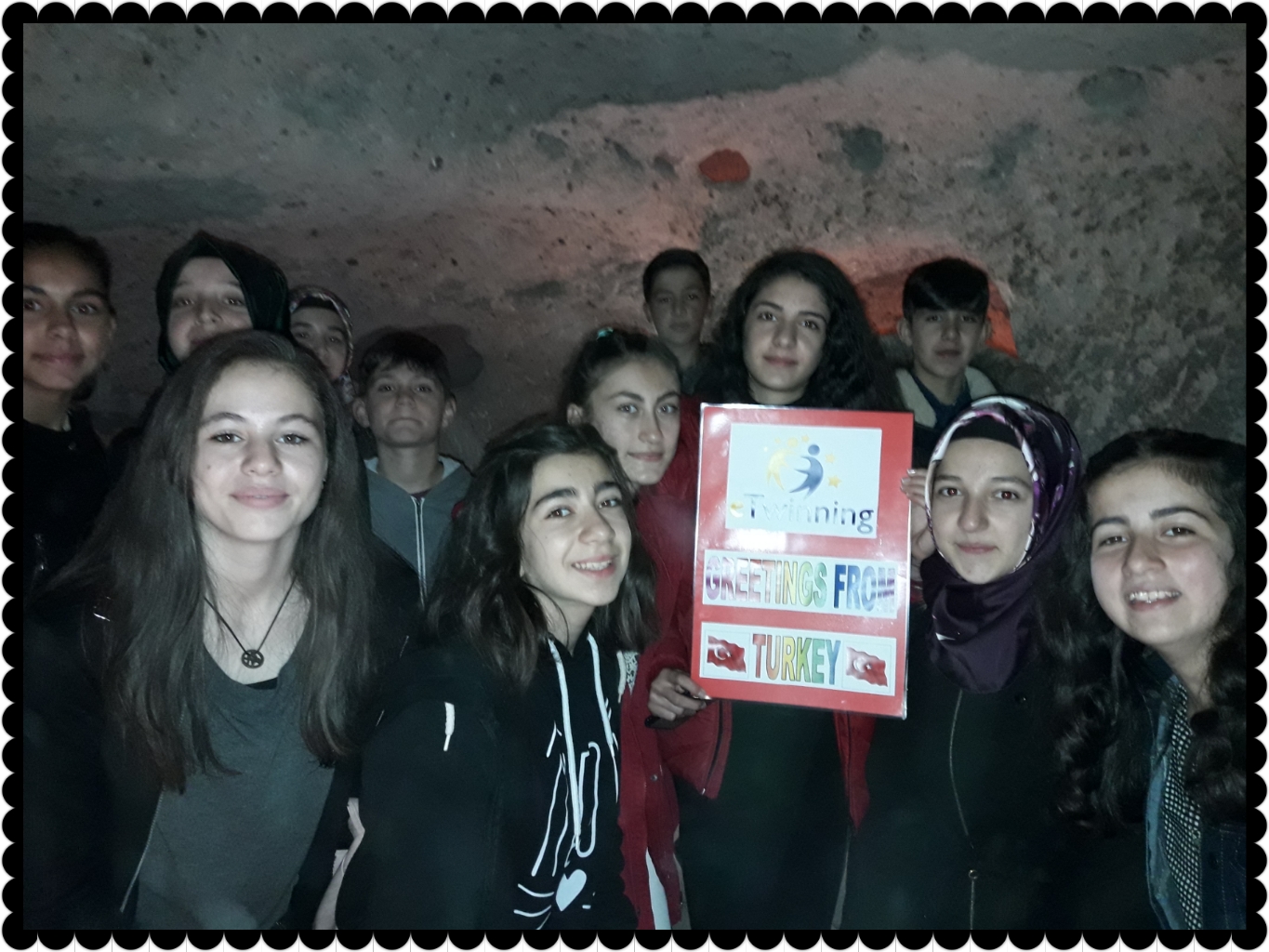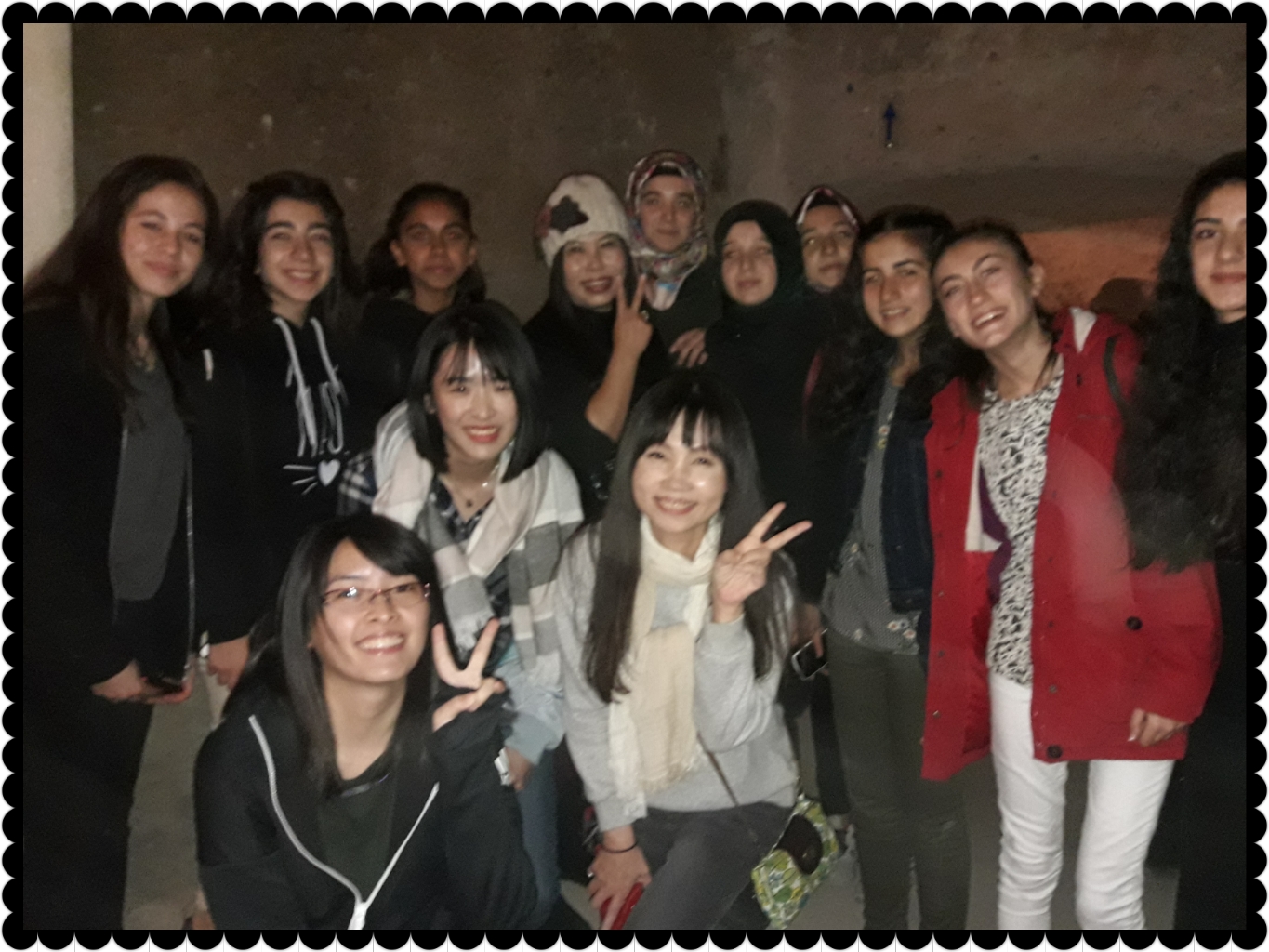Team Kavak 1 Derinkuyu Underground City
The historical Derinkuyu underground city is located in Cappadocia’s Nevşehir Province in Turkey. Cappadocia is historically popular because there are 36 underground cities in Cappadocia and the deepest one is Derinkuyu underground city.The underground city is approximately 85m deep.
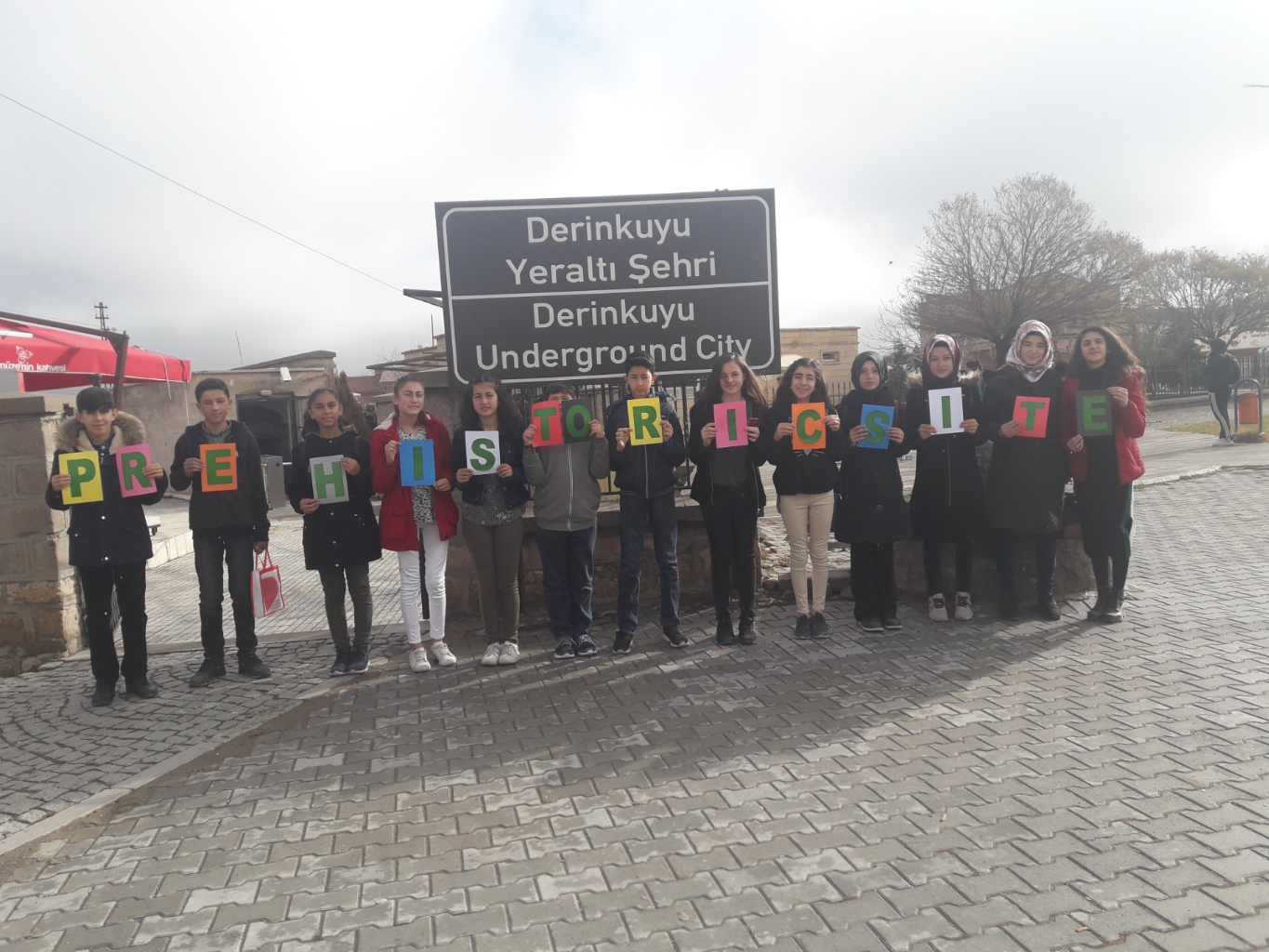
Turkish Department of Culture says that the caves were first built during the 7th – 8th BC but the city was eventually completed during the Byzantine Era. This subterranean city was in use as late as early 20th century by the native Cappodocian Greeks. This was recorded by Cambridge linguist named Dawkins who conducted research in the area between 1909 and 1911. Dawkins wrote: “when the news came of the recent massacres at Adana, a great part of the population at Axo took refuge in these underground chambers, and for some nights did not venture to sleep above ground.”
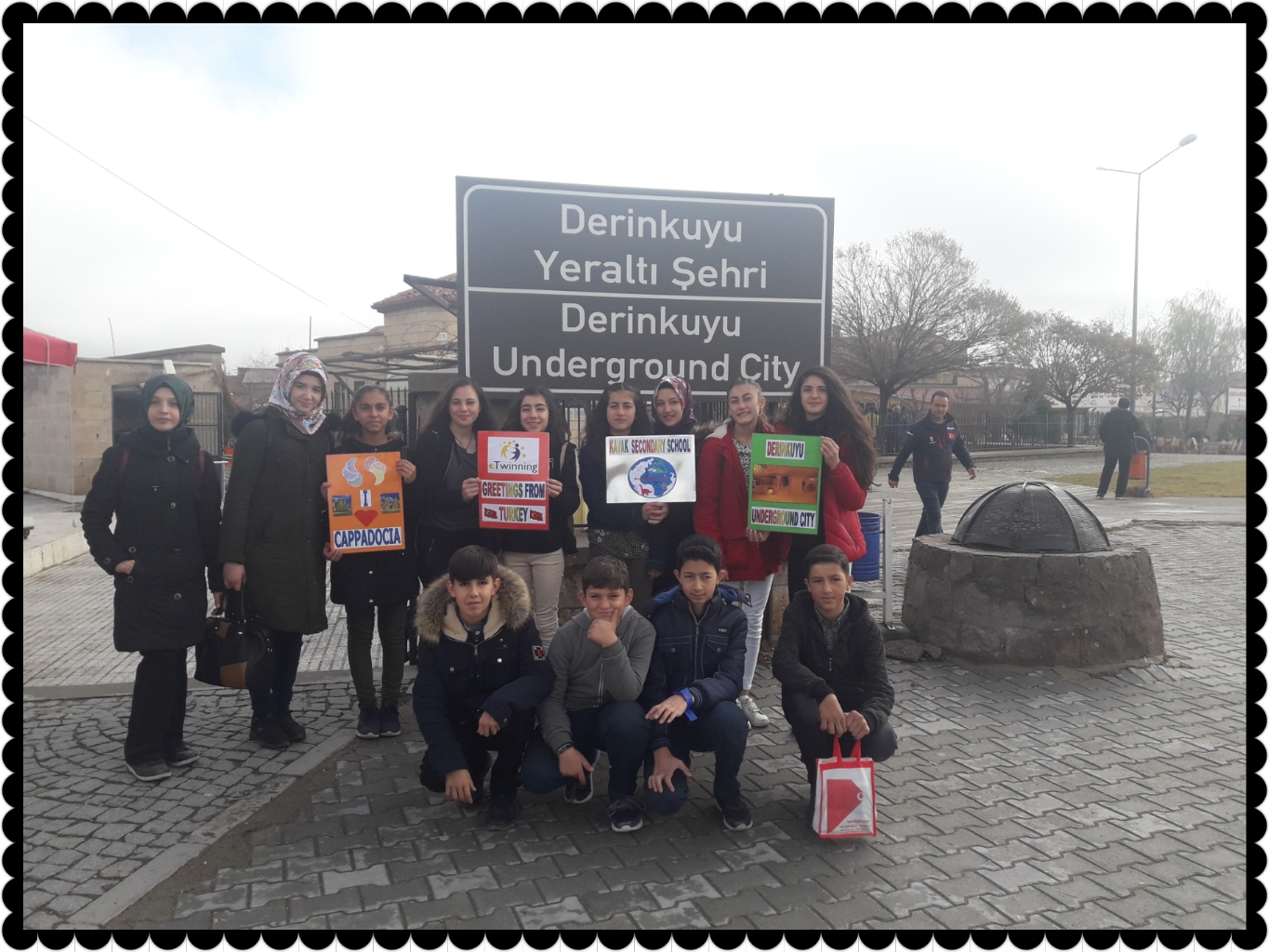
The subterranean city was opened for tourism in 1969 but visitors are allowed only up to level 8.,
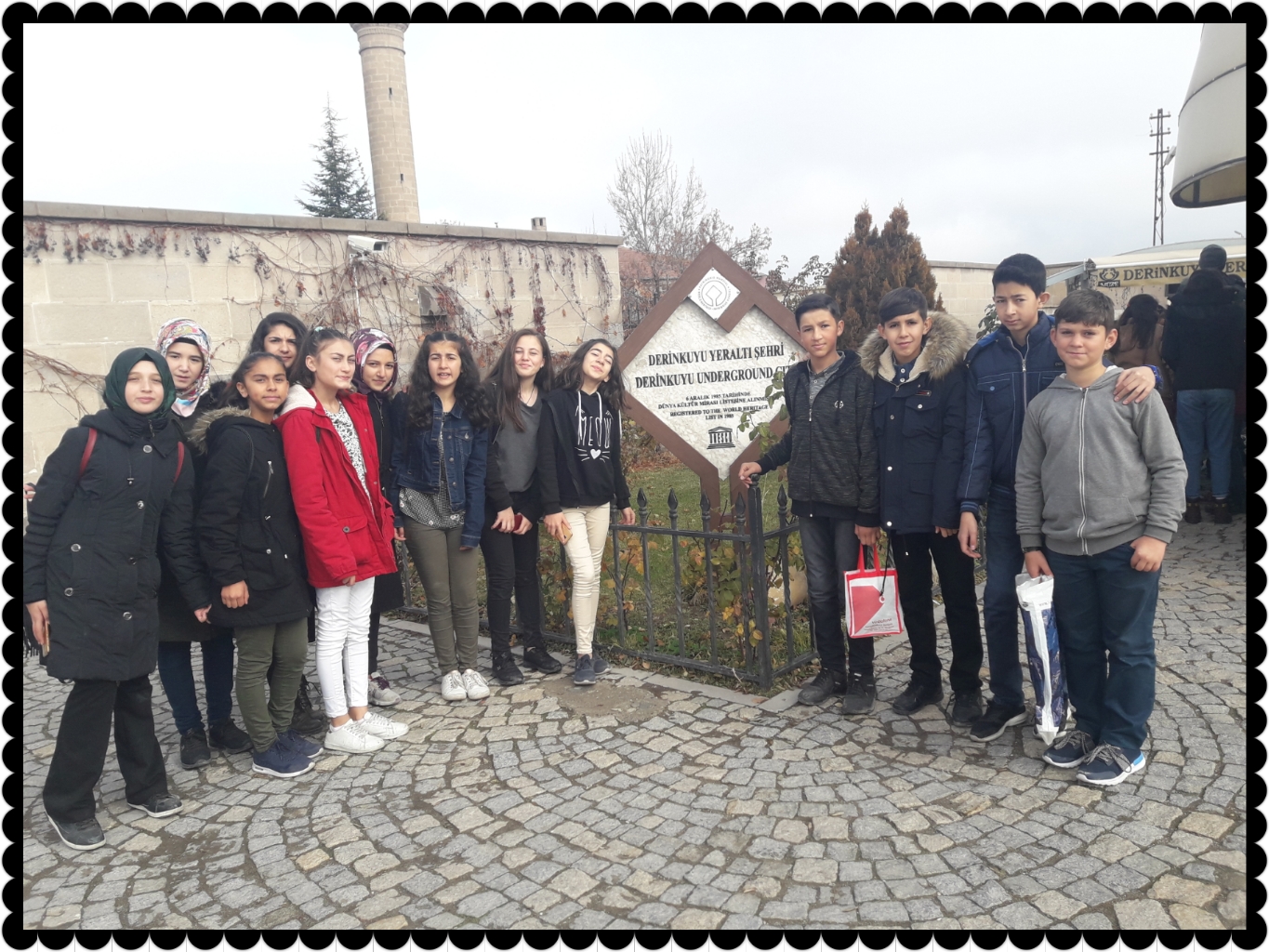
The most interesting fact about the city is that despite its amazing depth, it has a supply of fresh flowing water and fresh air even at the deepest point.
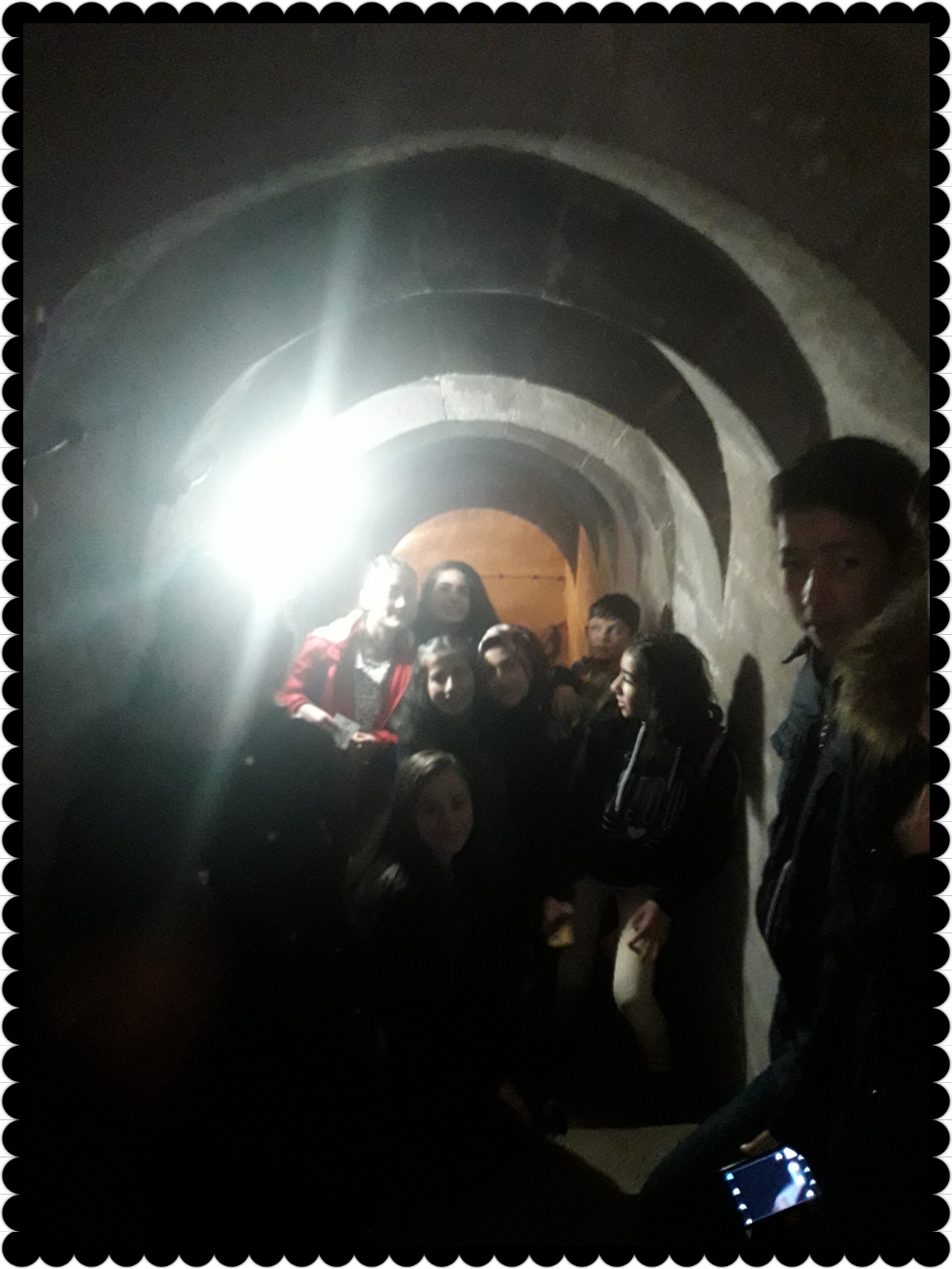
The entire complex is big enough to house 20,000 people and is complete with storage rooms, refectories, stables, oil presses and chapels.
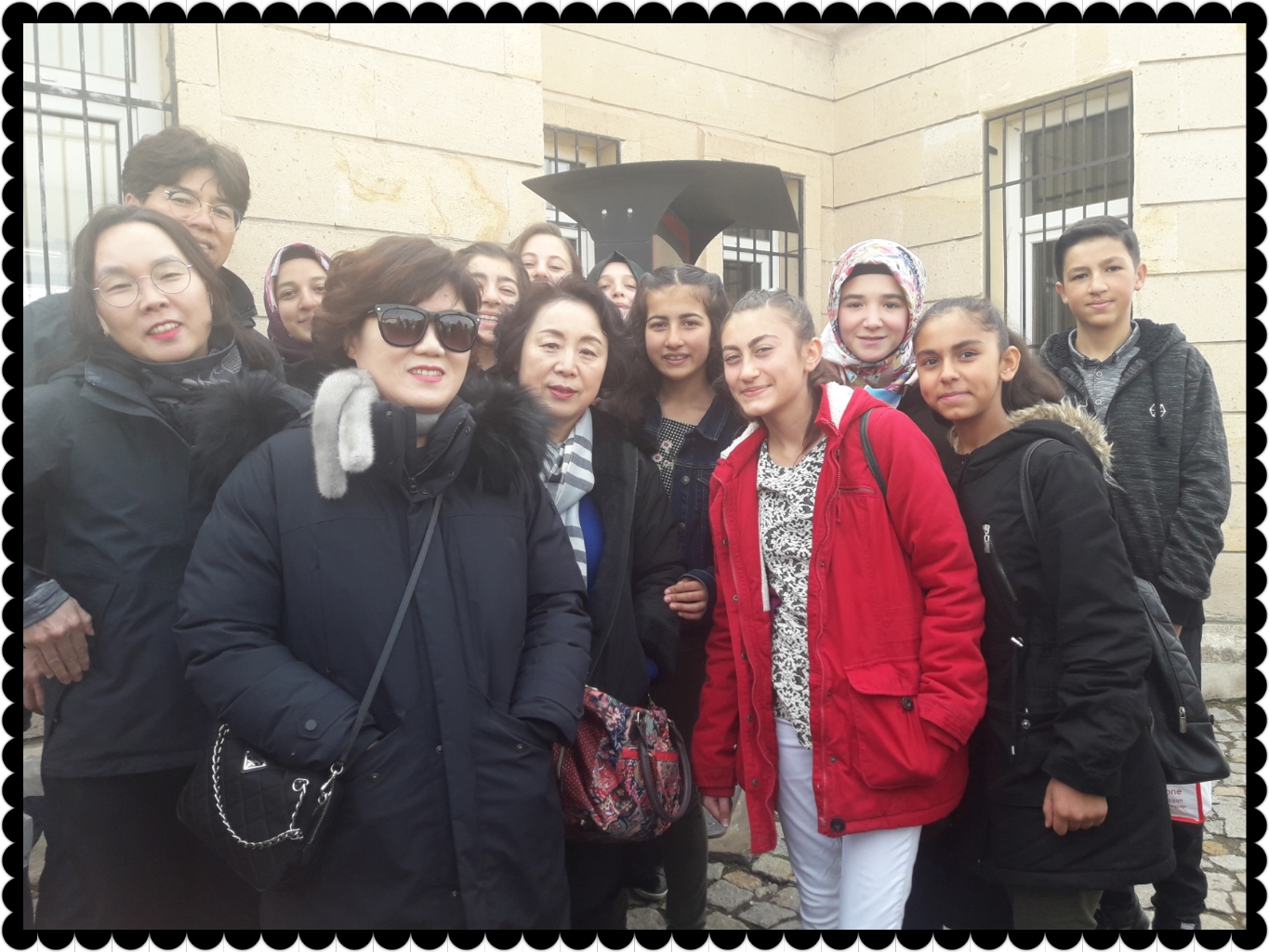
This subterranean city even had a missionary school.
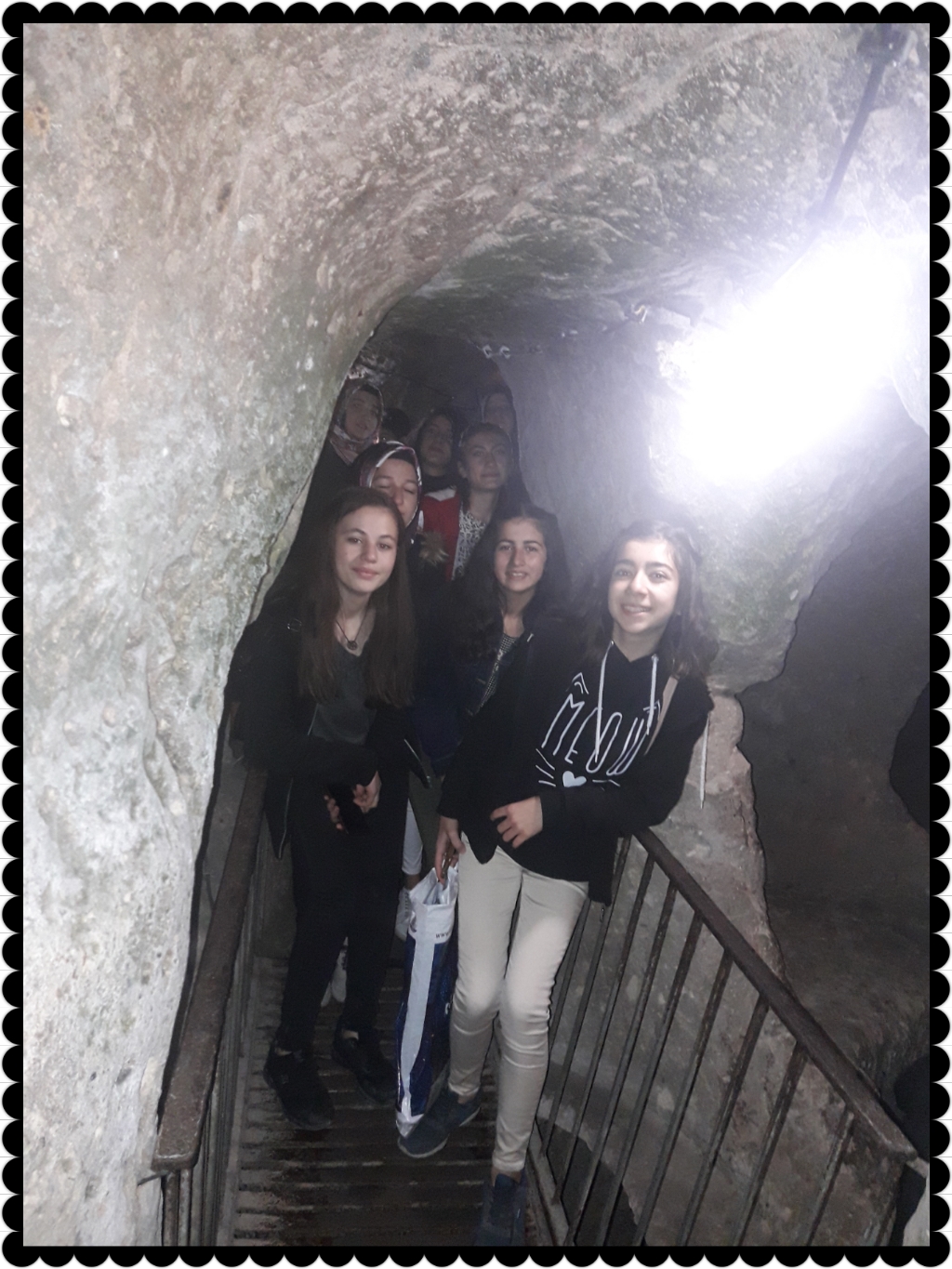
The city probably worked as a bunker during natural disasters and/or raids by invaders.
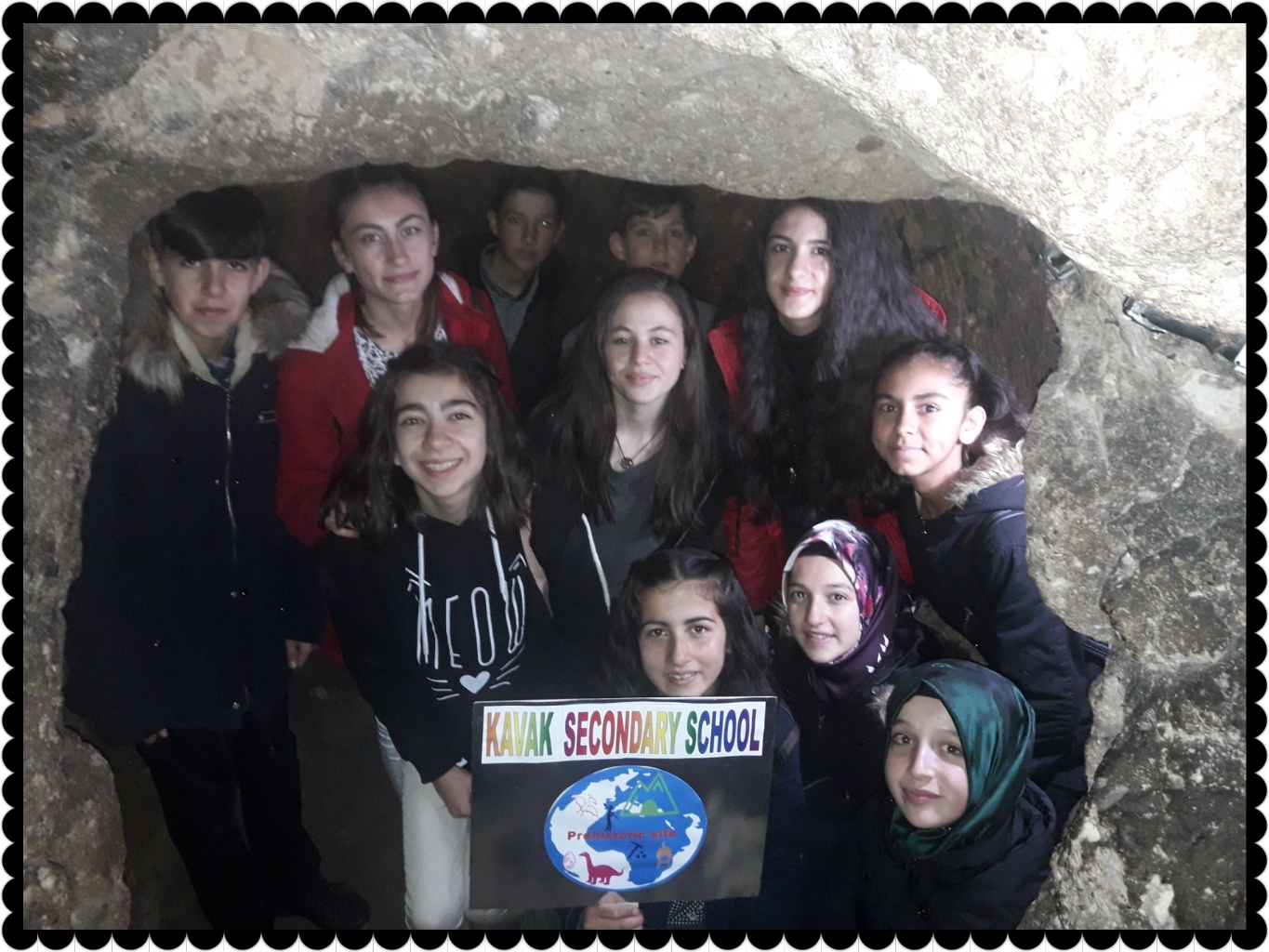
The missionary school in the city was located on second floor. The room featured barrel vaulted ceiling.
To the left of the school are other rooms that were probably used as studies.
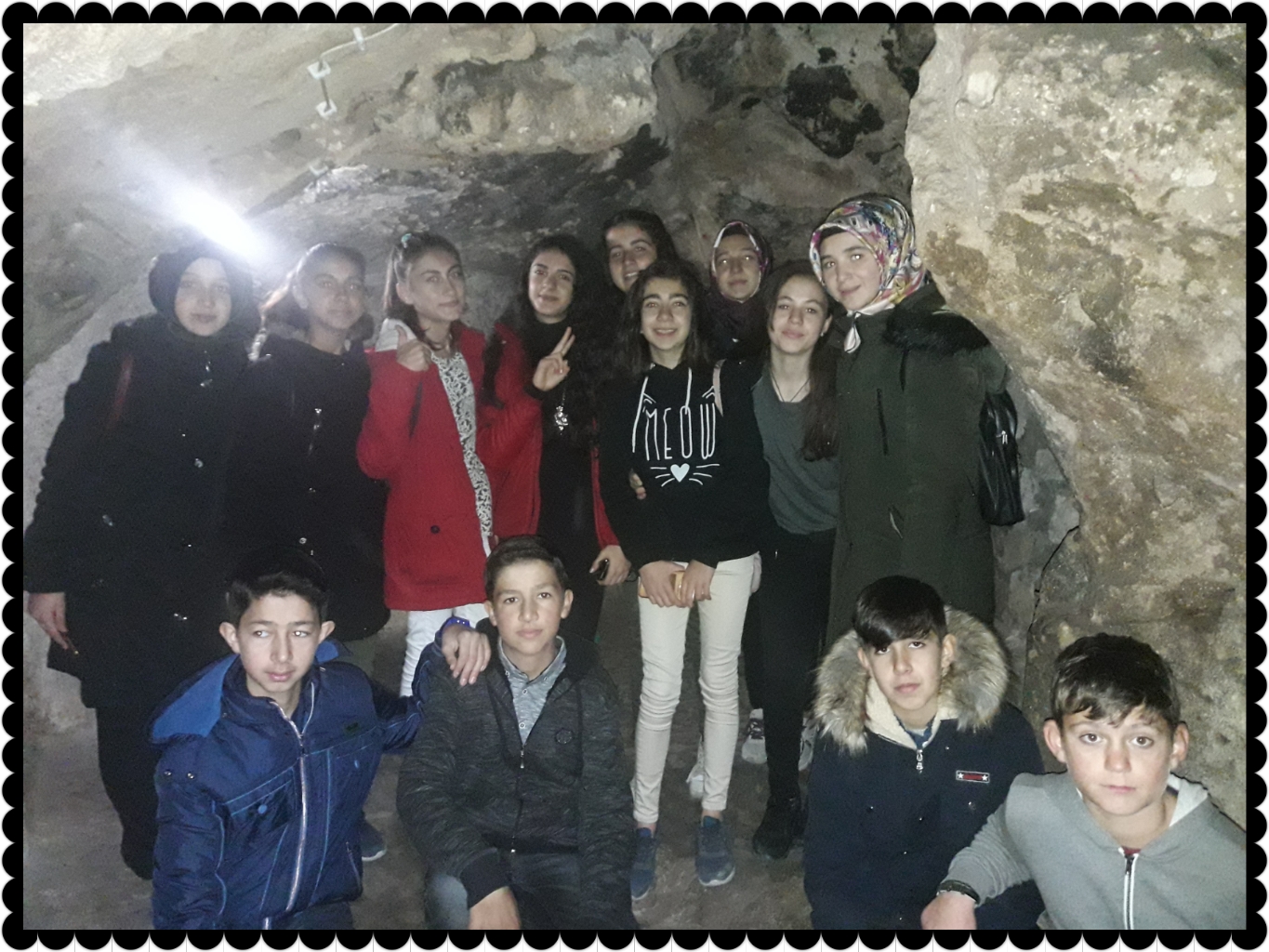
Vertical staircases from 3rd and 4th floor onward lead to cruciform plan church that is located in the lowest level of the city.
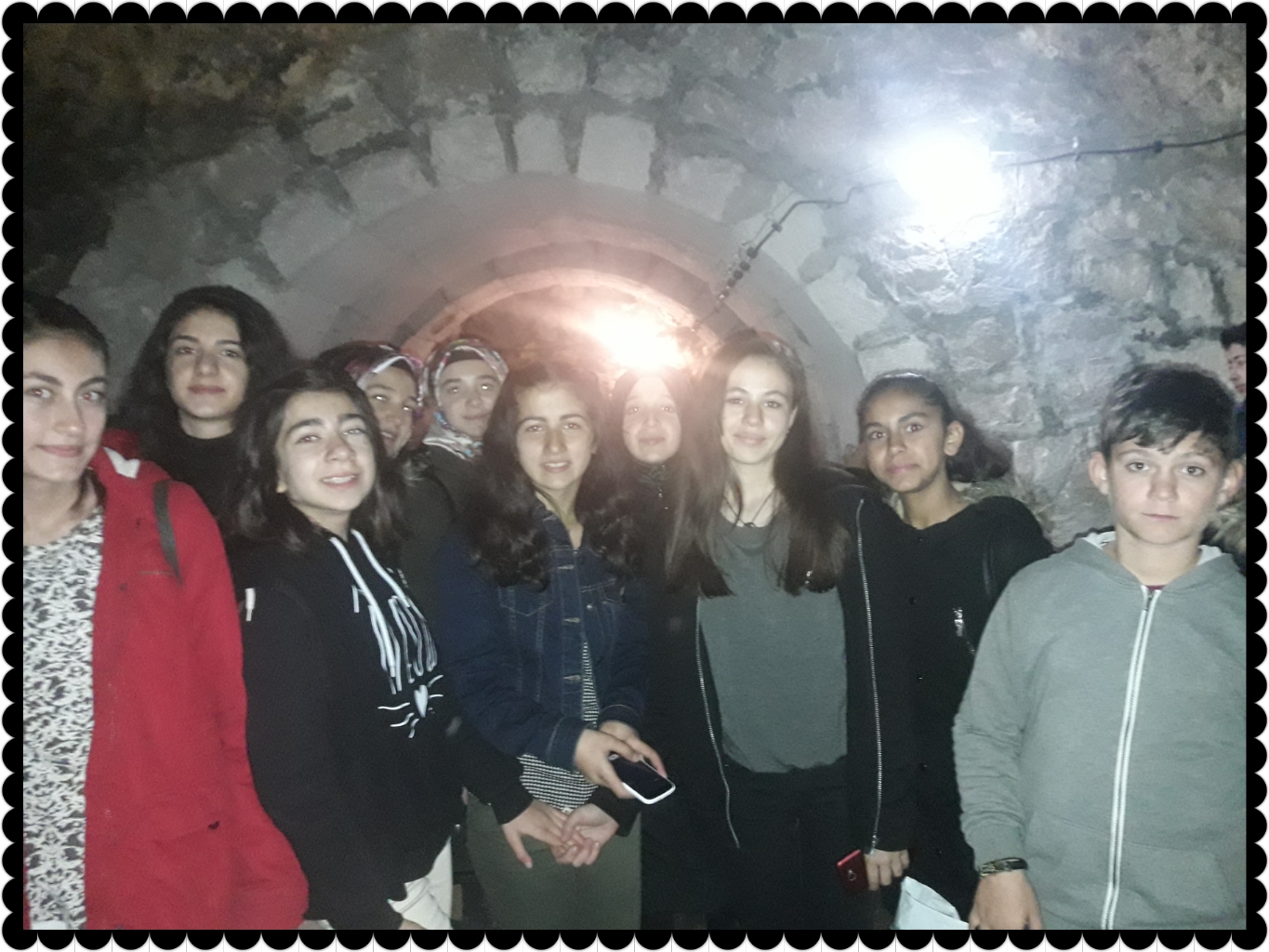
Even tombs are found in the city that were probably used for placing dead until the conditions outside were suitable enough for suitable disposal.
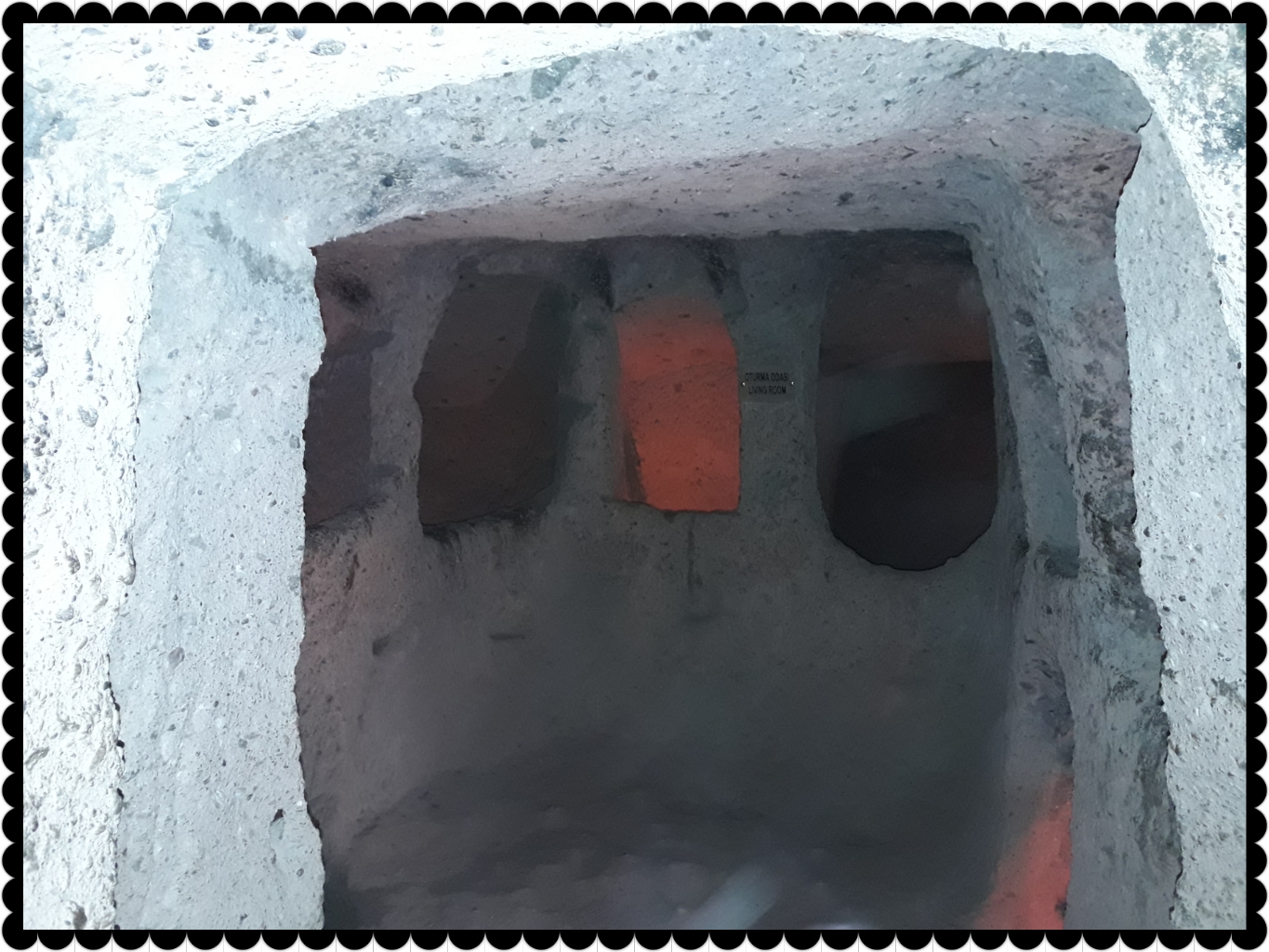
The city has several large circular stone doors that were carefully balanced and were meant for blocking corridors during invasions.
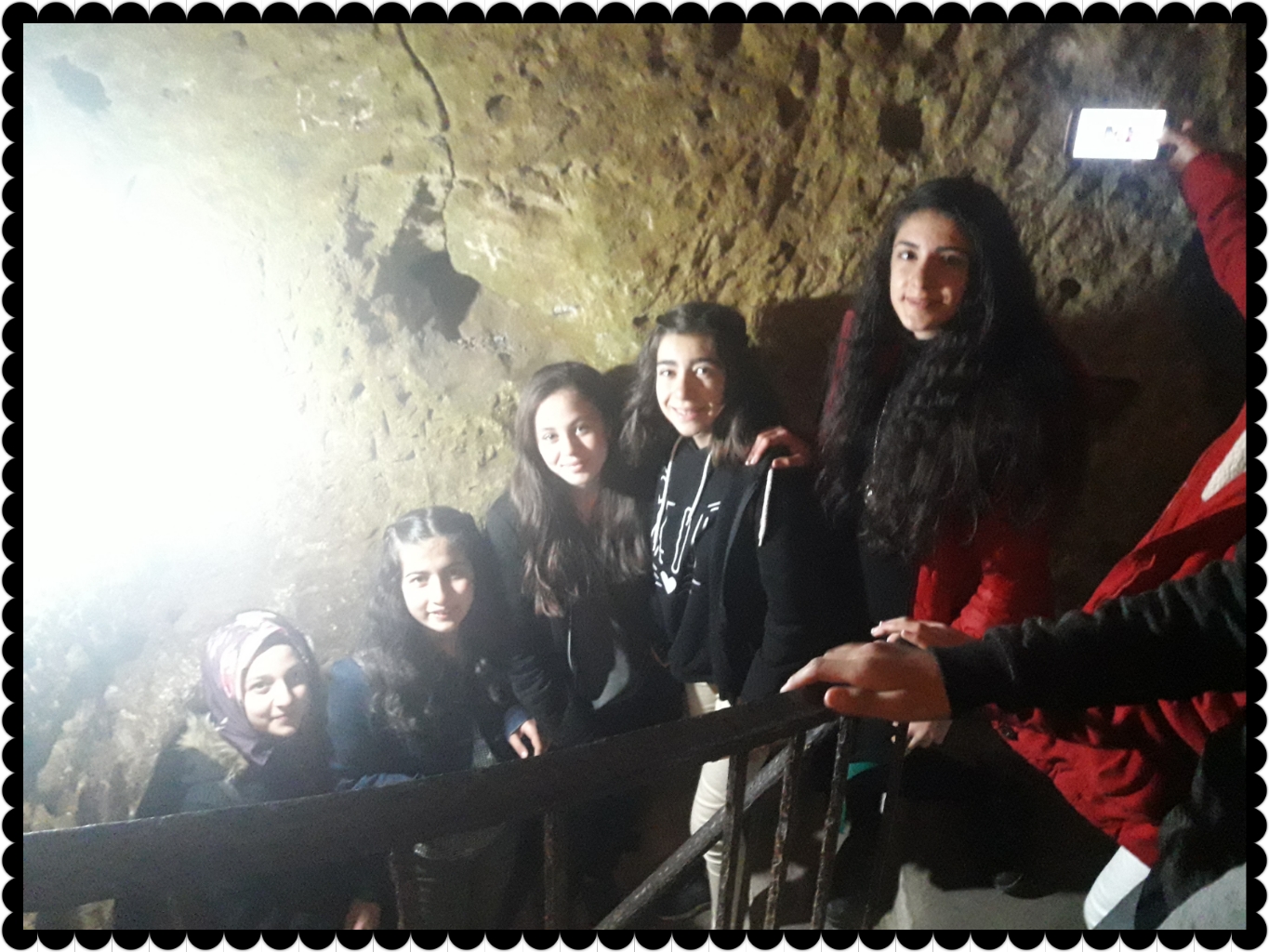
The doors can be operated only from inside and they resemble mill stones. These stone doors allowed to seal each level separately.
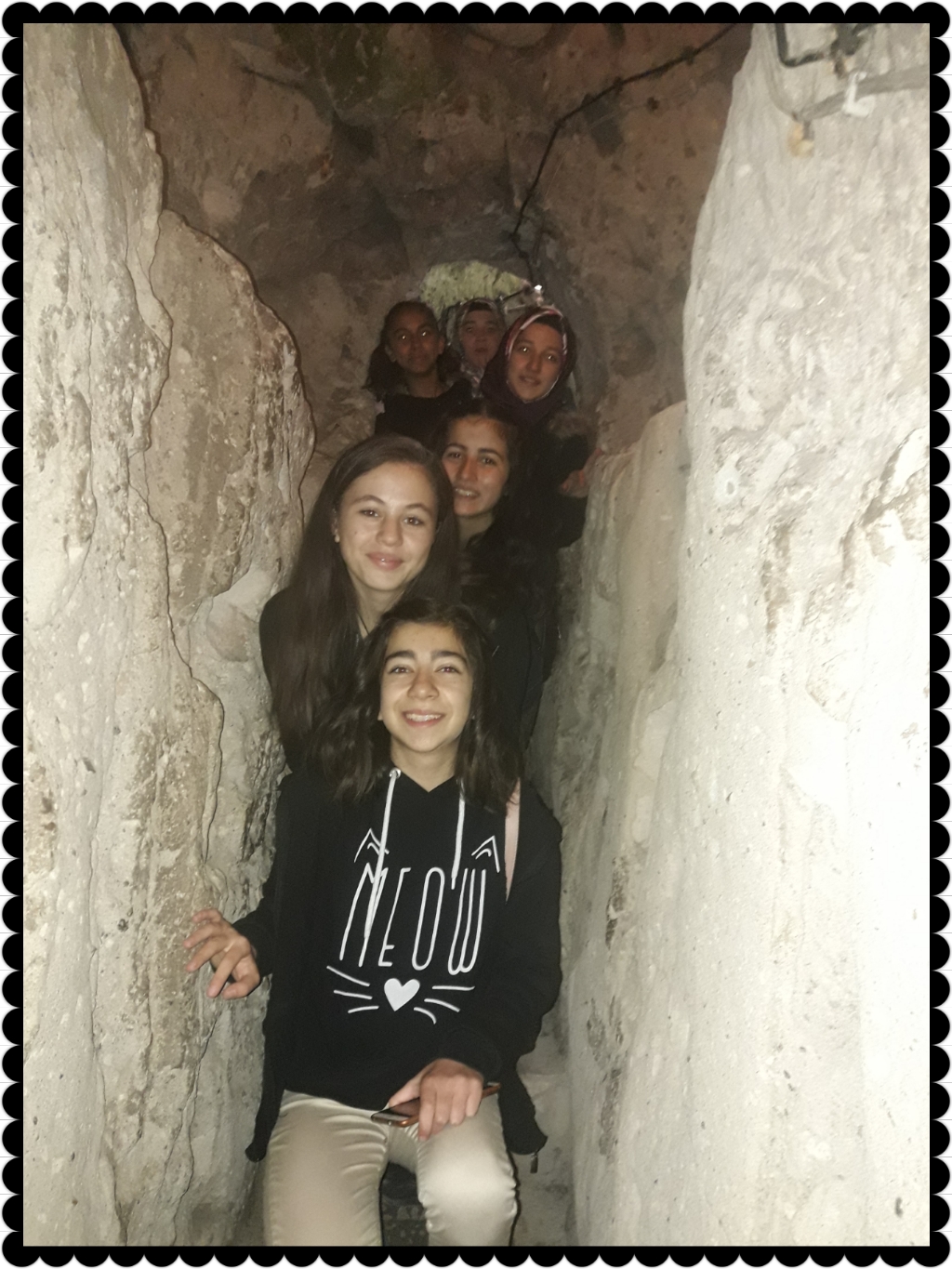
Not all levels of the city had surface connected wells in order to prevent poisoning by invading troops.
Team Kavak 2 Kaymaklı Underground City
These fascinating cave-cities were excavated as early as Hittite times, and expanded over the centuries as various marauding armies traversed Central Anatolia in search of captives and plunder. There are 36 underground cities in Cappadocia and the widest one is Kaymakli underground city.
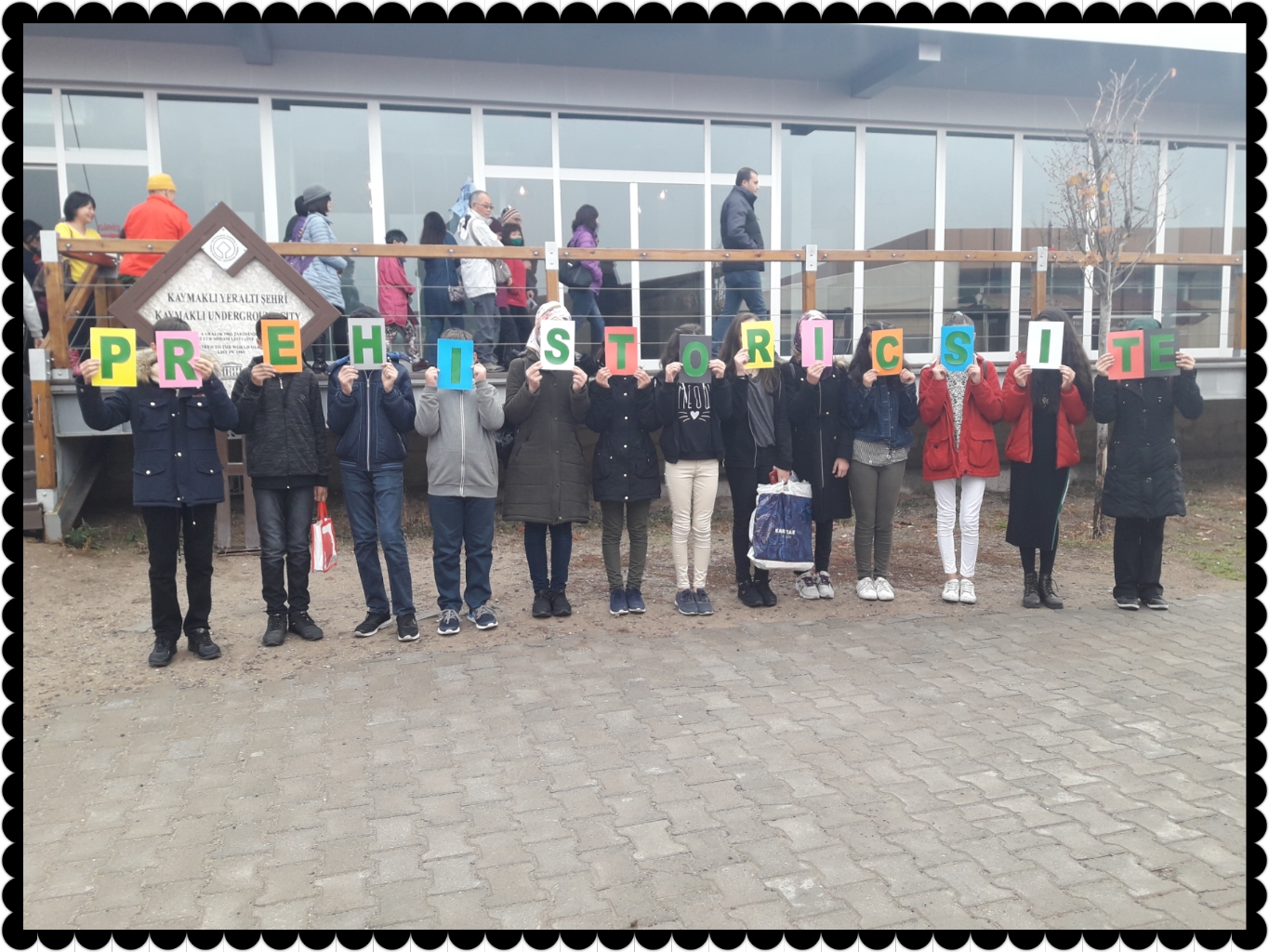
It's located in the town ofKaymaklı which isin 20km of south of Nevşehir.
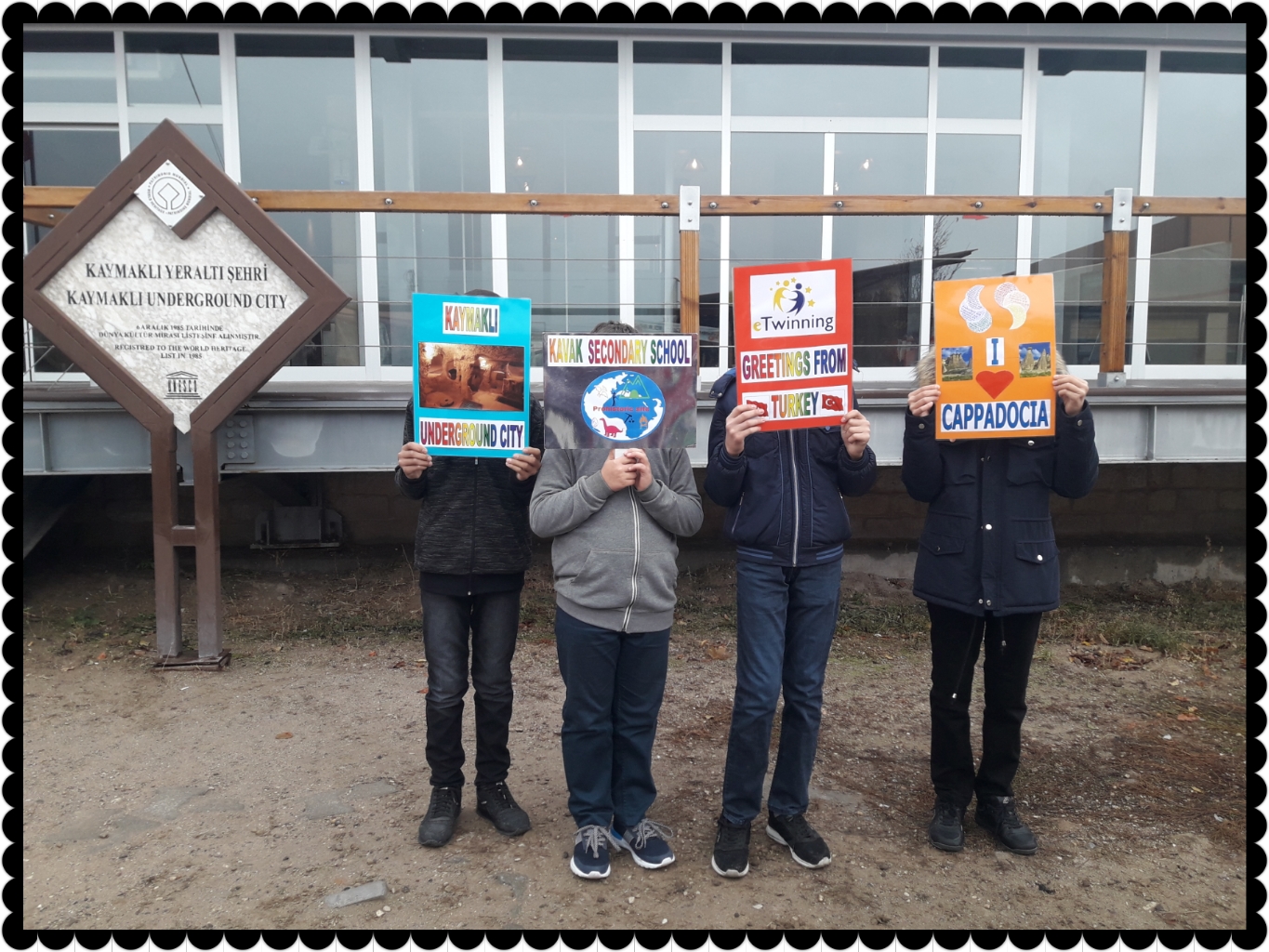
It has 8 floors and th first floor belongs to the early period.
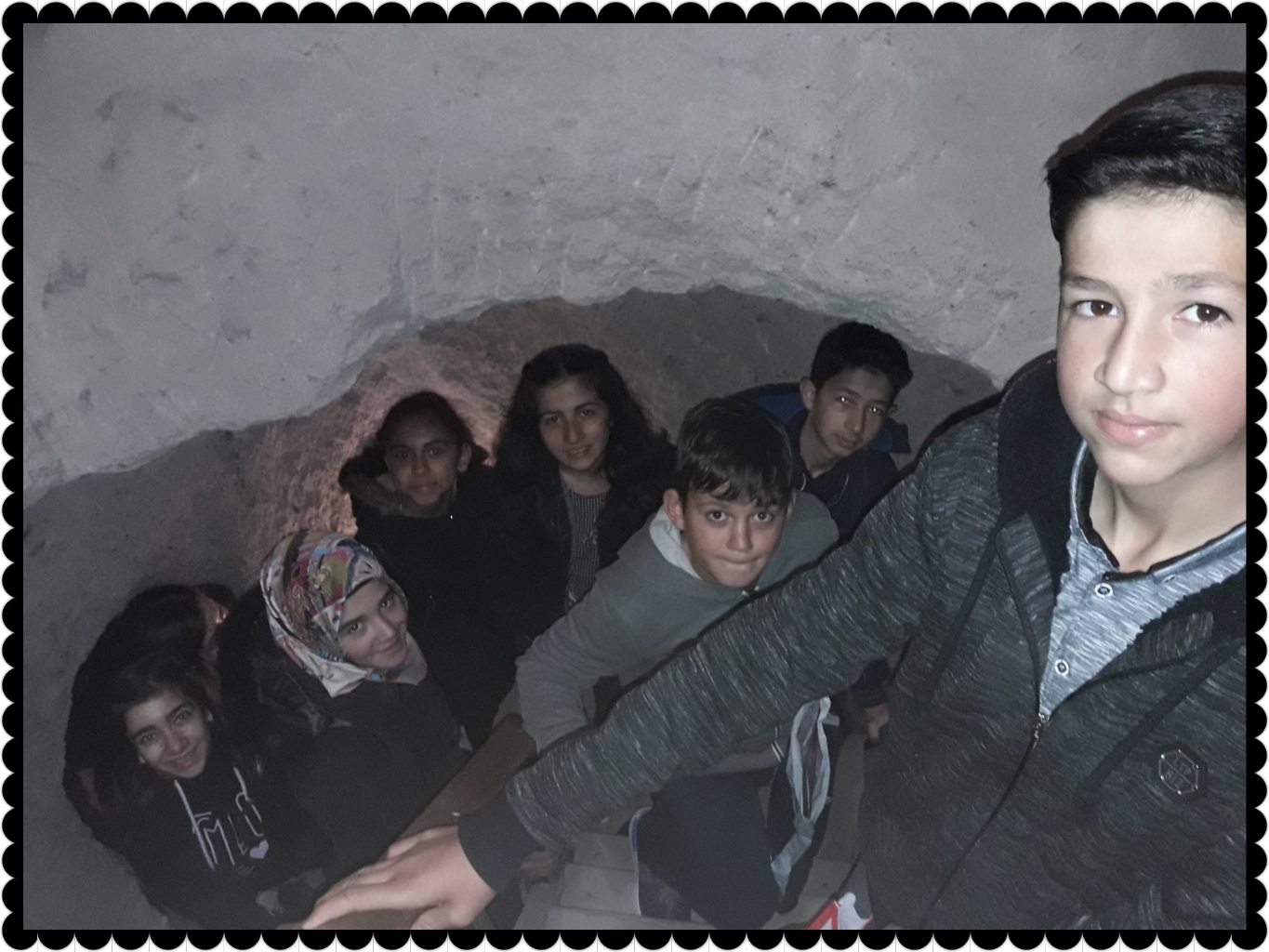
Today 4 floors are open for visit.
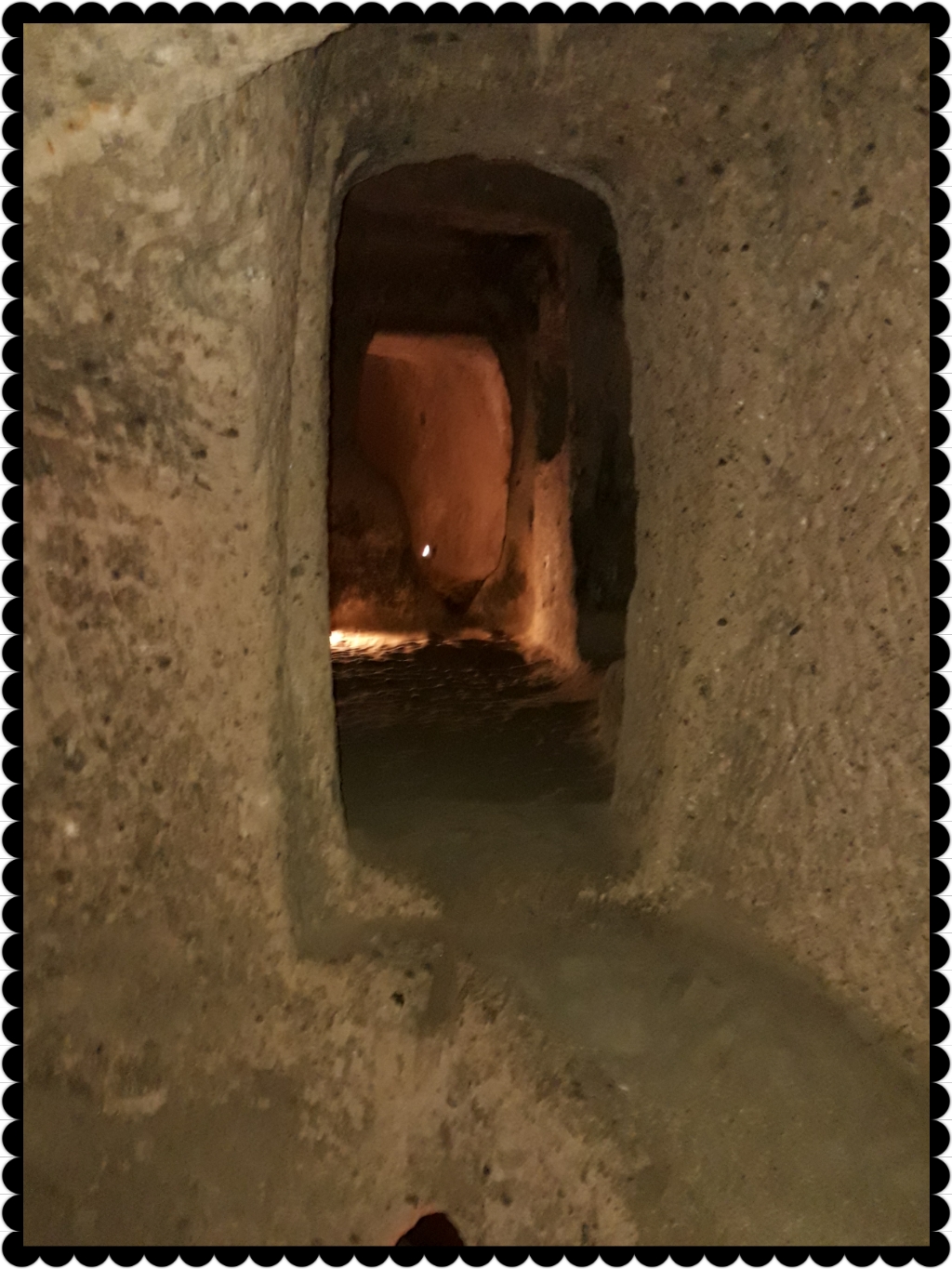
It has rooms and salloons that are connected through narrow corridors,storehouses,water cellars,kitchen and food warehouses,ventilation chimneys,water wells,churches,and bolt stones to stop any possible danger that mightcome from outside.
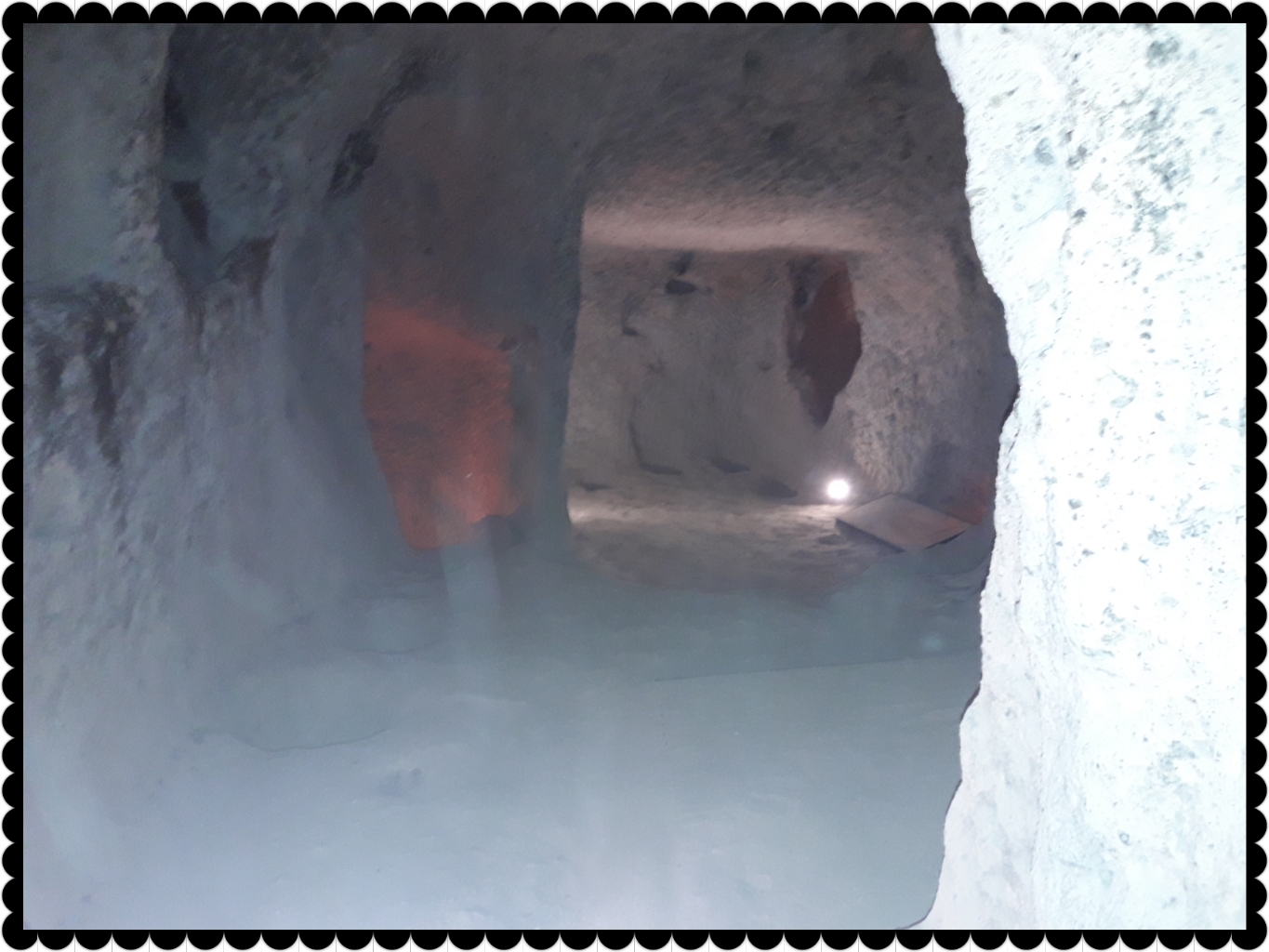
The diameter of the stones is around1-2,5 m, the widhtis around 30-50 cm, and their weights are around 200-500 kg.
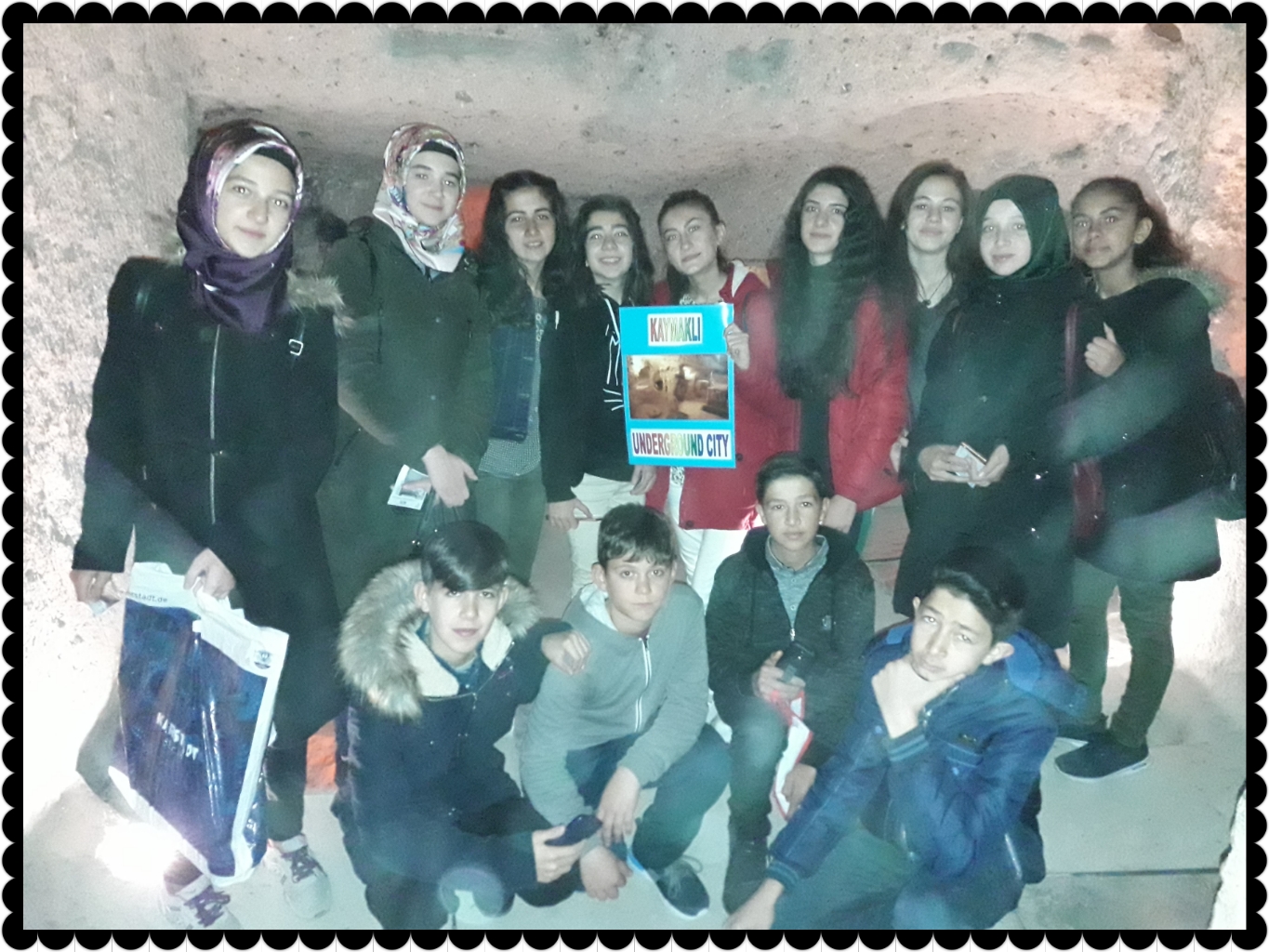
The hole in the centers of the stones is for opening -closing,seeing the enemy through or using the arrows and spears.
